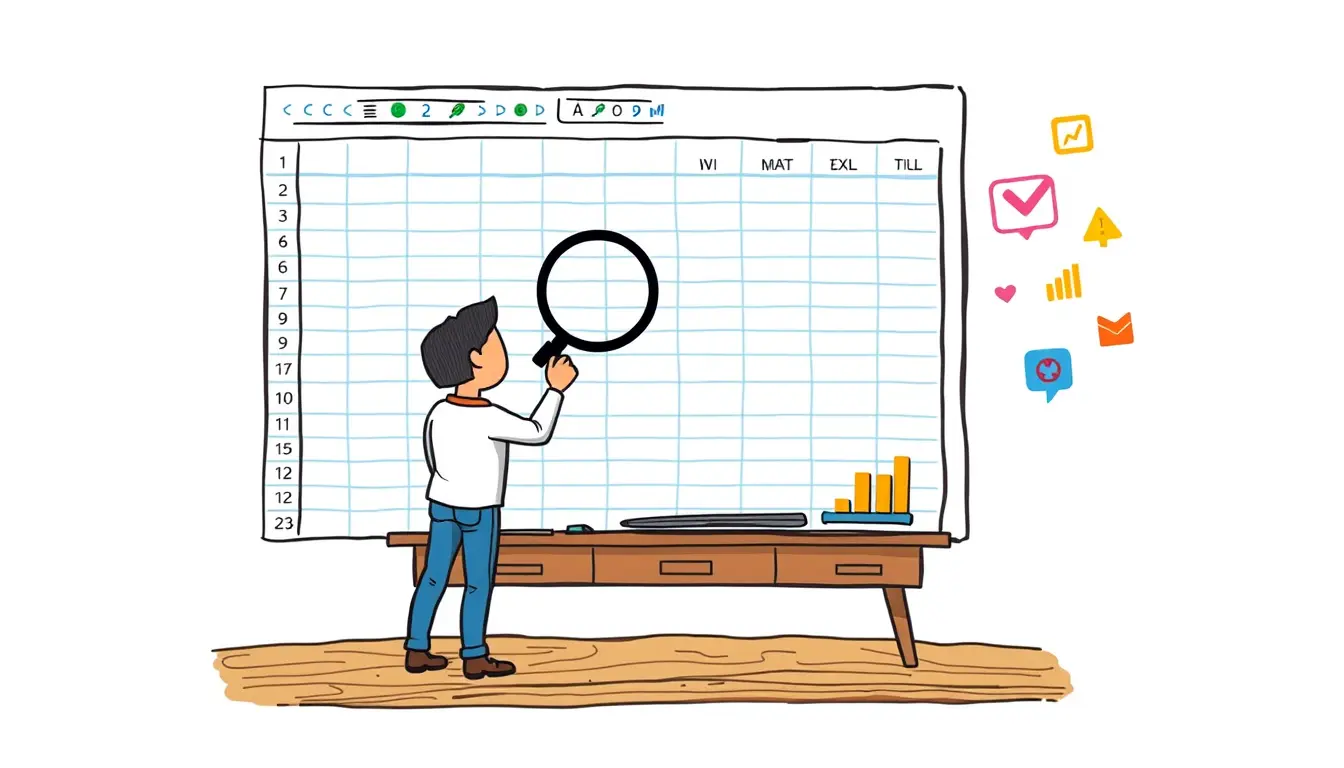A/B Testing

Excel ISTEXT – Test if a Cell Contains Text
“Discover how to use the Excel ISTEXT function to easily determine whether a cell contains text or not. Improve your spreadsheet skills now!”

Excel ISNUMBER and ISBLANK – Test Cell Contents
“Master the Excel ISNUMBER and ISBLANK functions to efficiently test cell contents. Improve your data analysis skills and save time! #ExcelTips”

Excel IS Functions – Test Cell Contents and Types
“Master the power of Excel IS functions and easily test cell contents and types in your worksheets. Simplify your spreadsheet analysis today!”

How Business Analysts Use A/B Testing for Better Insights
“Discover how business analysts can utilize A/B testing to gather valuable insights and drive data-informed decision making. Don’t miss out, read more now!”

How Business Analysts Use A/B Testing for Better Outcomes
“Discover the power of A/B testing for business analysts and learn how to leverage it for improved results in your decision-making process. #BAblog”

Facilitating Design Sprints to Prototype and Validate Ideas
“Transform your ideas into reality with the power of design sprints! Learn how to prototype and validate your concepts in just a few days. #design…

Excel IS Functions – Test Cell Contents and Types
“Master the power of Excel’s IS functions to effortlessly test and manipulate cell contents and types. Learn the ins and outs in our latest blog…
Search
Latest Posts
Latest Comments
Categories
Archives
- December 2025 (6)
- November 2025 (30)
- October 2025 (31)
- September 2025 (30)
- August 2025 (31)
- July 2025 (32)
- June 2025 (30)
- May 2025 (31)
- April 2025 (30)
- March 2025 (31)
- February 2025 (28)
- January 2025 (31)
- December 2024 (31)
- November 2024 (30)
- October 2024 (31)
- September 2024 (171)
- August 2024 (17)


















